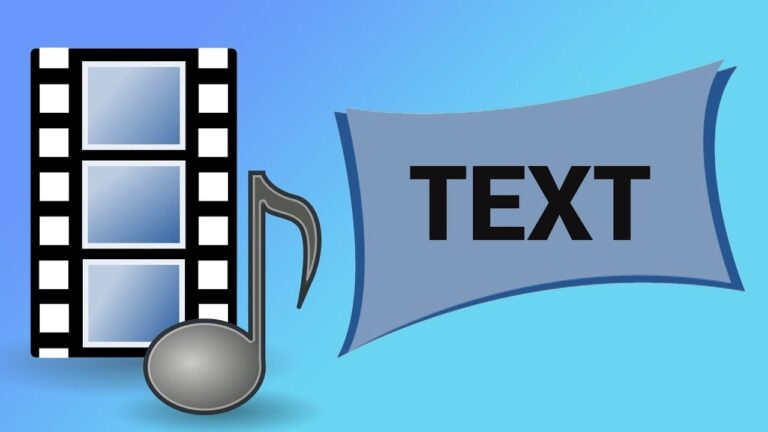Videos have become a standard form of communication, instruction, and entertainment in a world that is becoming more visually oriented. The difficulty comes, though, when it’s necessary to convert the spoken words in these films into written text for a variety of tasks, including transcription, subtitling, content development, and more. This is where tools for converting video to text are useful.
These programs automate the conversion of audio files into text files, which facilitates management, analysis, and sharing. The best video-to-text tool must be chosen carefully because there are so many possibilities on the market. In this post, we’ll examine the crucial elements you should take into account while selecting the ideal video-to-text technology for your requirements.
What is a video-to-text tool, and why is it important?
A video to text tool serves a variety of crucial purposes across industries. One essential use case is content creation, where it transforms video dialogue into written form for repurposing into articles and blog posts. Subtitling and captioning benefit accessibility and language comprehension, particularly for those with hearing impairments or non-native speakers.
In education, such a tool aids in generating study materials and searchable transcripts from lectures and instructional videos. Real-time transcription is invaluable for conferences and webinars, bridging gaps for both attendees and remote viewers. Market research, legal, and medical sectors benefit from efficient transcription for analysis and documentation.
Factors to consider when choosing a video-to-text tool
Accuracy and Quality of Transcription
The primary goal of any video to text AI tool is to accurately transcribe spoken words into text. Therefore, the accuracy and quality of the transcription should be at the top of your list when evaluating tools. Look for tools that utilize advanced speech recognition algorithms, preferably powered by machine learning or AI. These technologies can adapt to different accents, languages, and speech patterns, resulting in more precise transcriptions.
Language Support
Consider the languages you’ll be working with. Not all video-to-text AI tools support the same range of languages. Ensure that the tool you choose can accurately transcribe the languages you need, both for the spoken content in your videos and the written output.
Customization and Formatting
Different use cases require specific formatting options. For instance, subtitling requires different formatting compared to creating written content based on the transcribed text. Choose a tool that allows you to customize the output format according to your needs, whether it’s subtitles, paragraphs, or bullet points.
Editing and Collaboration Features
Since no transcribing technology is perfect, human editing could occasionally be necessary. Think about using tools that offer a simple user interface for altering the transcription. If you’re part of a team, you should also search for collaboration tools that let many people evaluate, amend, and approve transcriptions at once.
Audio Quality and Noise Handling
The quality of the audio in your videos directly impacts the accuracy of transcription. Tools that can effectively handle background noise, echoes, and variations in audio quality are invaluable, especially if you’re dealing with diverse sources of content.
Pricing Structure
Video-to-text AI tools often come with different pricing structures, including subscription-based models, pay-as-you-go options, and one-time purchases. Before you make your decision, you should try out different video to text converter tools. Assess your usage needs and budget to determine which pricing model aligns best with your requirements.
Security and Privacy
Given that transcription tools process sensitive audio content, data security and privacy are critical concerns. Ensure that the tool you choose follows industry-standard security practices, including data encryption and compliance with privacy regulations like GDPR.
Customer Support and Training
Even the easiest tools can occasionally be difficult to use. When problems arise, a helpful and competent customer support staff can literally save your life. To make the most of a tool’s functionality, search for products that offer training resources like webinars, documentation, and tutorials.
Conclusion
Choosing the right video-to-text tool involves a thorough evaluation of factors that align with your specific needs and objectives. From transcription accuracy to language support, customization to collaboration features, and security to pricing, each consideration plays a crucial role in making an informed decision. By carefully weighing these factors and selecting a tool that integrates seamlessly into your workflow, you can enhance your productivity, streamline your processes, and unlock the value of your video content through accurate and efficient transcription.

